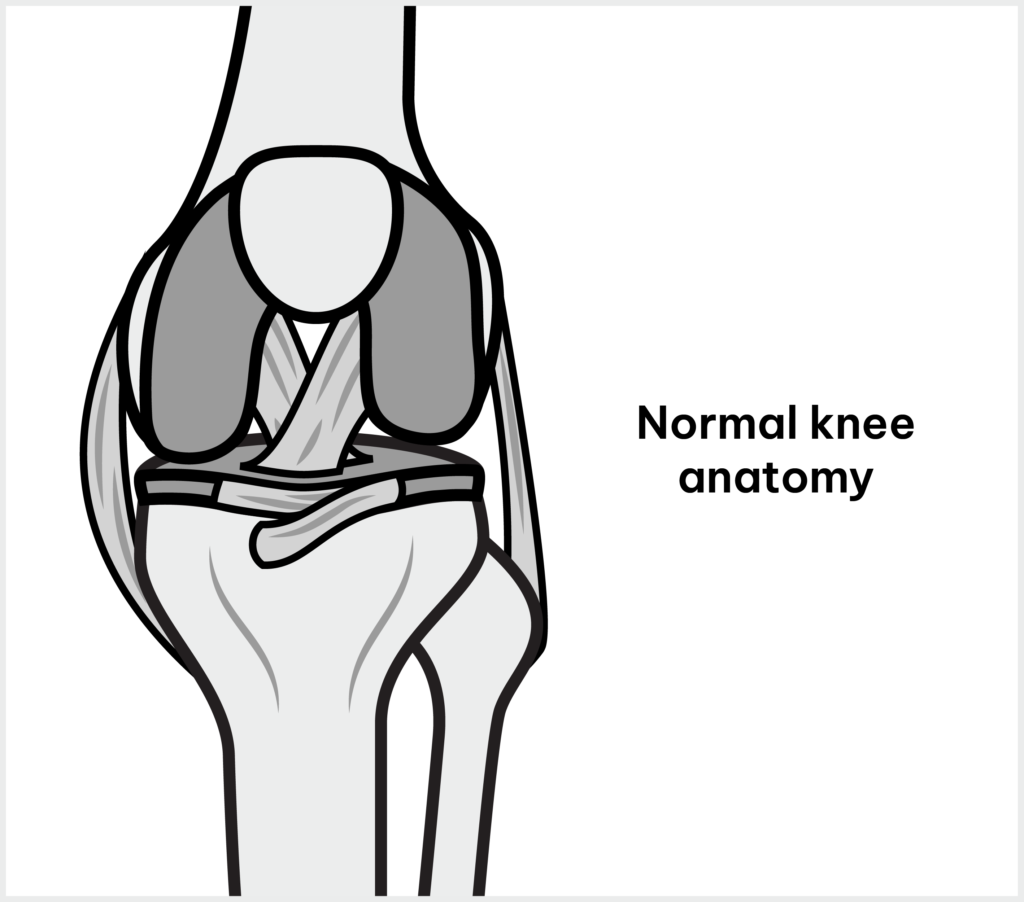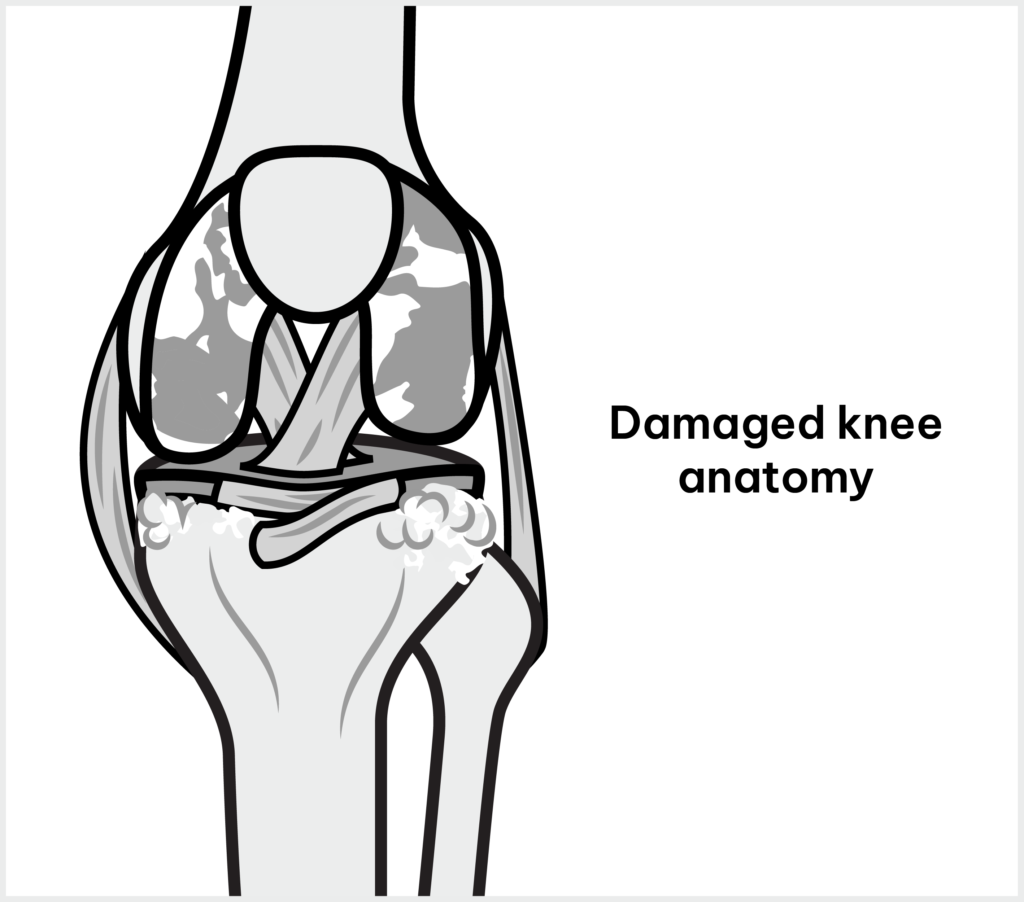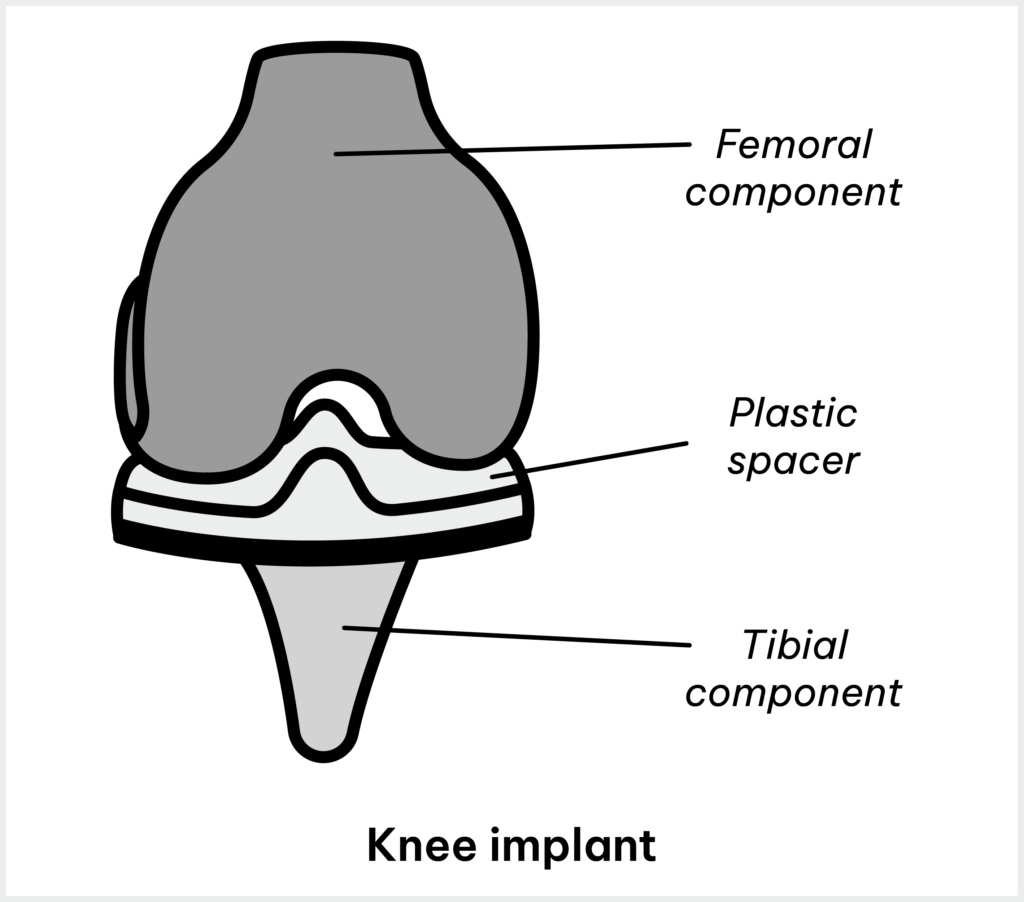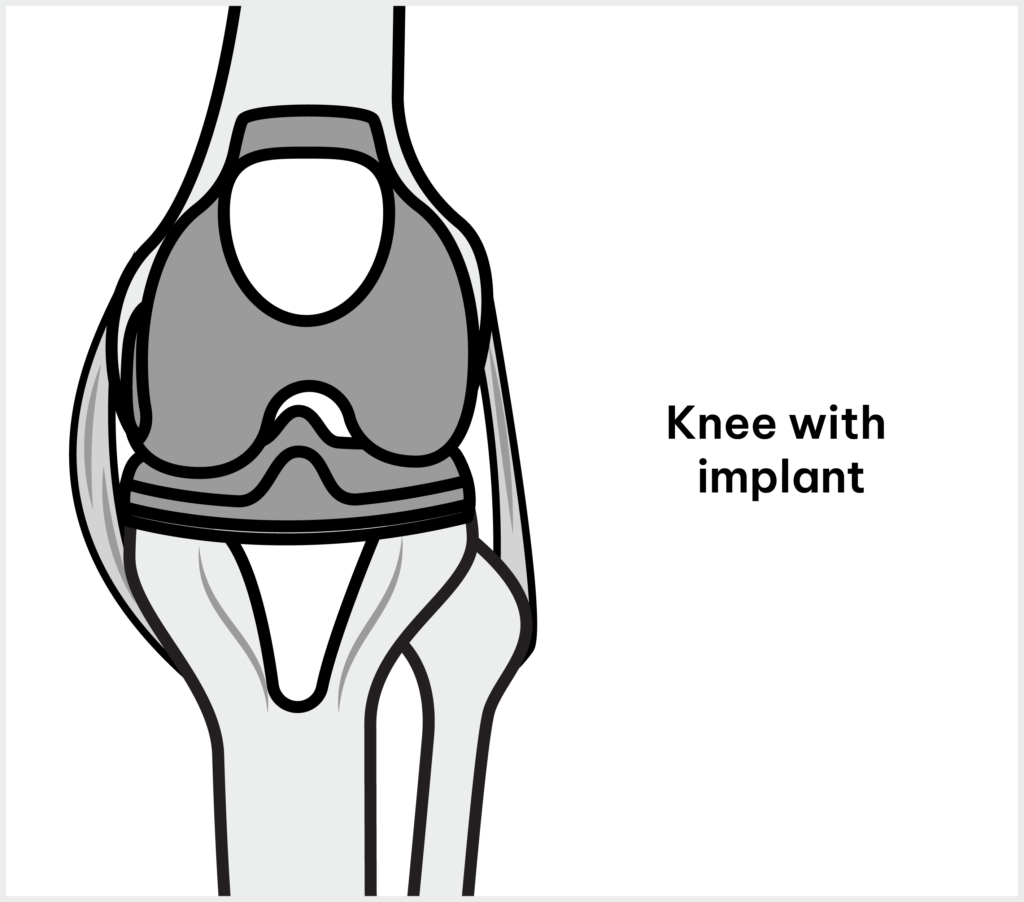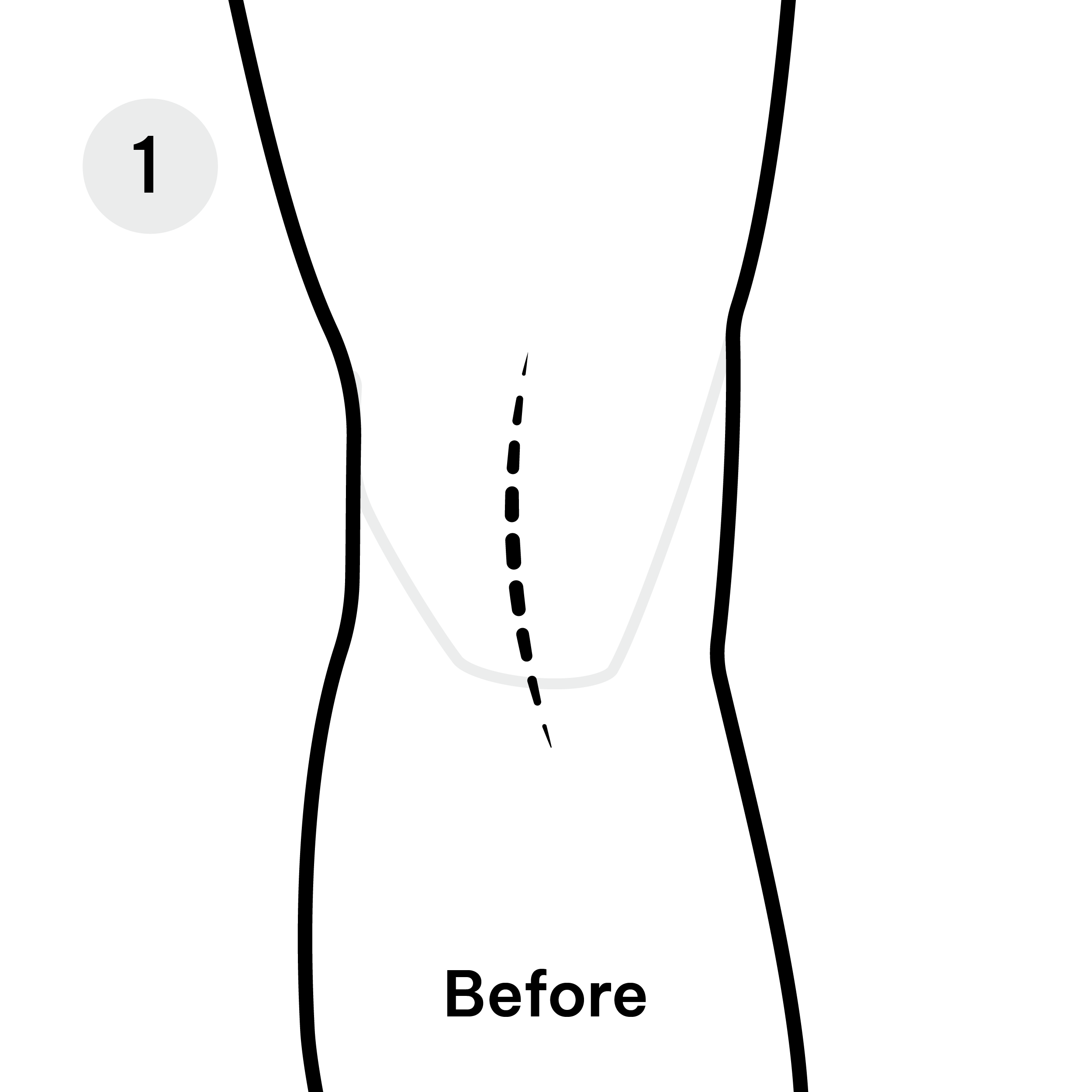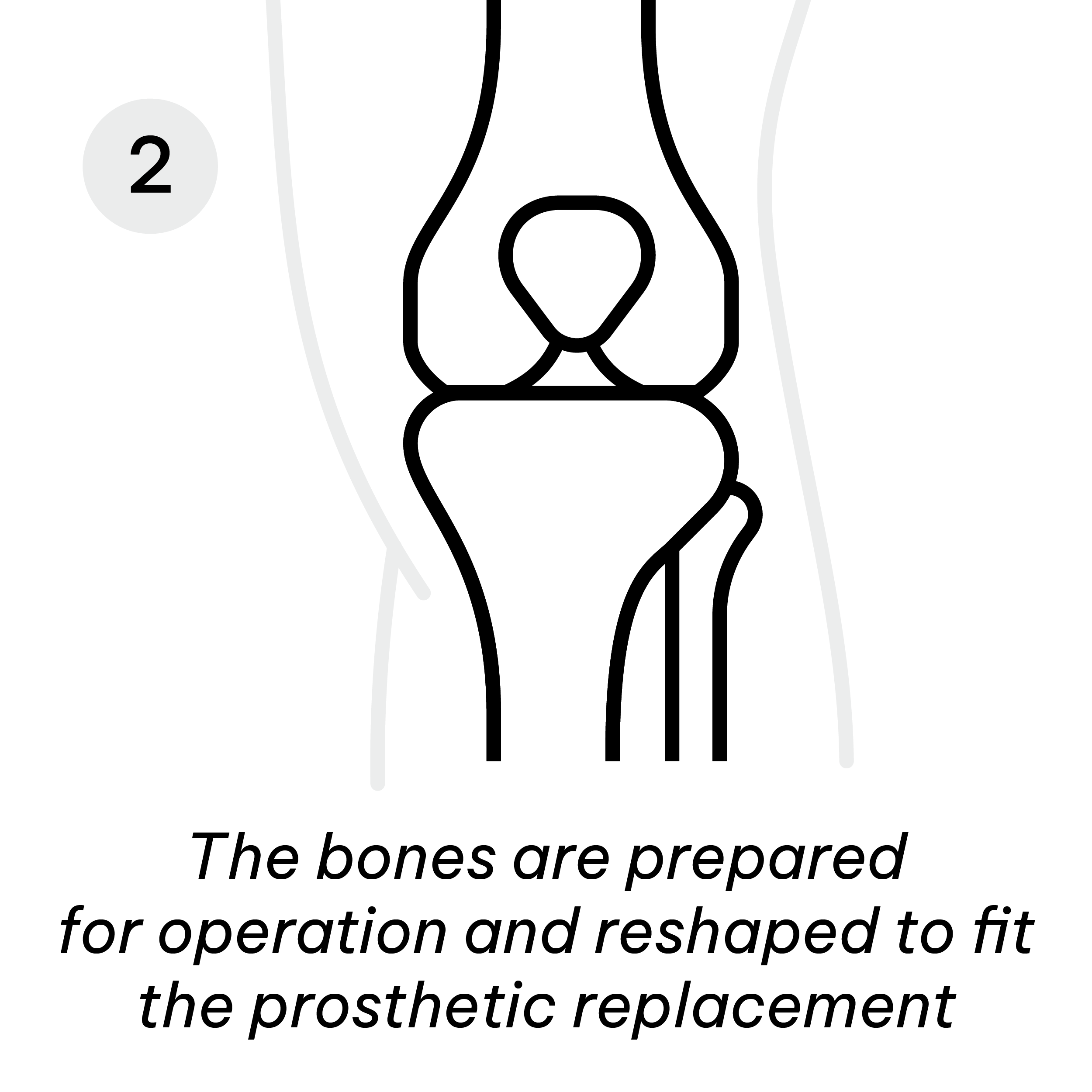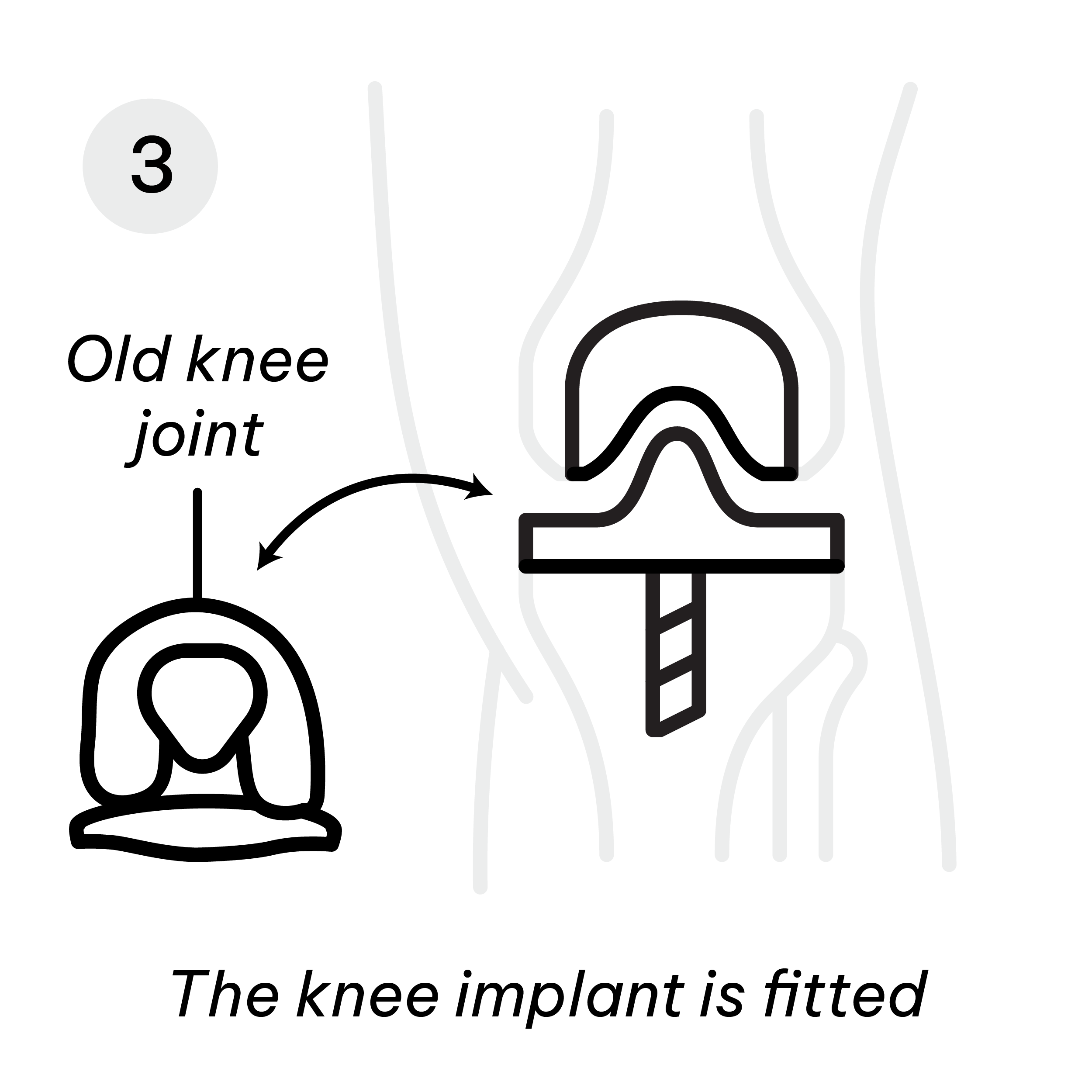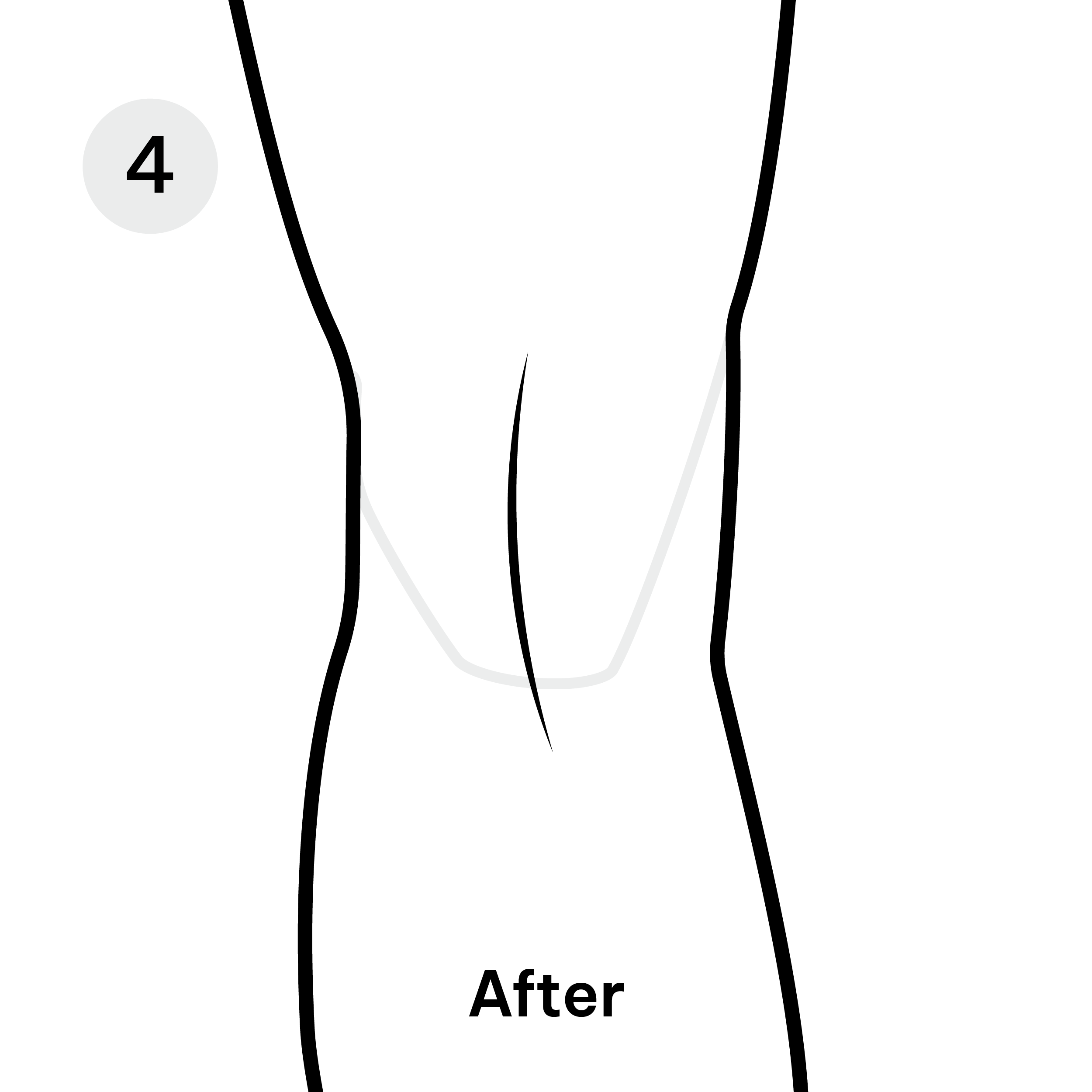The primary reason for hip replacement surgery is to relieve pain that can’t be controlled by other treatments. Conditions leading to this include osteoarthritis, rheumatoid arthritis, avascular necrosis, and hip injuries. Severe pain from these conditions can interfere with daily activities, such as walking, sitting, or even resting.
Prosthesis Materials: The artificial hip components can be made from various materials, including metal, plastic, and ceramic. These materials are chosen based on their durability, compatibility with the body, and the patient’s activity level.
Types of Hip Replacements: There are different types of hip replacement surgeries:
- Total Hip Replacement: The most common type, where both the acetabulum (hip socket) and the femoral head (thigh bone’s upper end) are replaced.
- Partial Hip Replacement: Involves replacing only the femoral head.
- Hip Resurfacing: A less invasive procedure where the surgeon trims and caps the femoral head with a smooth metal covering.



